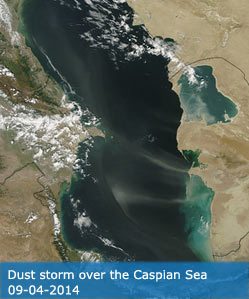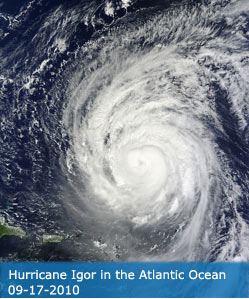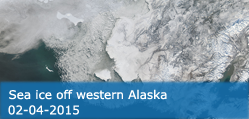Science Team
Publications
Chen, L; Liu, C; Wang, JD; Chen, GZ; Zhao, Y; Jin, YZ; Jin, HC (2025). How is the spatiotemporal representativeness of ground- and satellite-based aerosol optical depth (AOD) measurements over Asia?. ATMOSPHERIC RESEARCH, 315, 107857.
Abstract
Aerosol optical depth (AOD) is a crucial variable in monitoring air quality and the study of climate change. Although considerable researches have been conducted on the cross-validation between ground-based and satellite measurements, the spatiotemporal representativeness of each measurement method during such validation process requires further investigation. Here, we investigate the spatiotemporal representativeness of AOD measurements from ground-based AERONET (Aerosol Robotic Network) and satellites, including Terra/Aqua MODIS (Moderate Resolution Imaging Spectroradiometer) and Himawari-8 AHI (Advanced Himawari Imager). Results from six typical Asian sites are considered. The annual and seasonal assessment metrics between AERONET and satellites (Terra/Aqua MODIS and Himawari-8 AHI) AOD, including R (correlation coefficient), RMB (relative mean bias), RMSE (root mean square error), and %within EE (percentage of matchups falling within the expected error envelope), show slight variations with changing spatial ranges, and the influence of the seasonal variation on the spatial representativeness has similar conclusions as well. From 10 x 10 km2 to 100 x 100 km2 (interval: 10 x 10 km2), the R, RMB, and RMSE are 0.89-0.87, 1.07-0.87, and 0.20-0.22 for Terra MODIS AOD; 0.91-0.85, 1.04-0.91, and 0.17-0.23 for Aqua MODIS AOD; 0.87-0.78, 0.77-0.83, and 0.20-0.26 for AHI AOD and the MODIS measurements have a higher %within EE than AHI AOD. These suggest that, although MODIS only measures AOD during the satellite overpass, not the temporal variations, their results show a reasonable correlation with the daily average AOD given by AERONET measurements. The diurnal fluctuations of AOD are detectable in both AERONET and AHI measurements, with AHI showing larger diurnal fluctuations (over 40 %) and annual deviations from the daily average within +/- 10 %. This study offers insights into the spatial representative range of AERONET measurements and the temporal/daily representative capability of satellite measurements.
DOI:
10.1016/j.atmosres.2024.107857
ISSN:
0169-8095




